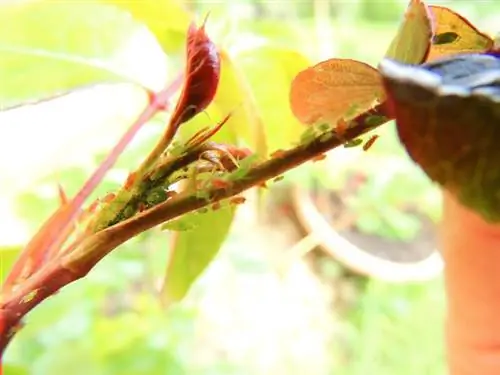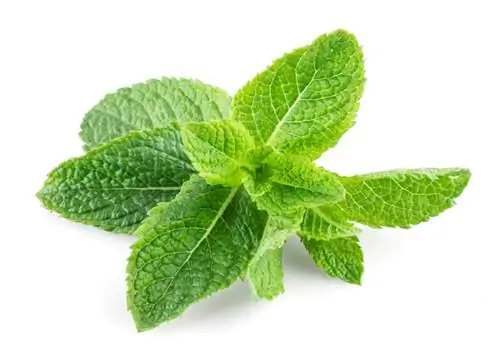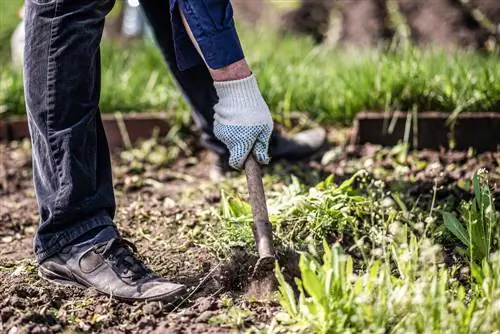- Author admin [email protected].
- Public 2023-12-16 16:46.
- Last modified 2025-01-23 11:20.
Infestation with animal pests often depends heavily on the weather and can fluctuate greatly over the course of the year. In many cases, a little patience helps, as the natural balance usually re-establishes itself.

What pests occur on roses and how can you combat them?
The most common pests on roses include rose shoot borers, aphids, rose leaf rollerfly, rose sawfly, rose leafhopper and spider mites. To combat them, remove infected shoots, leaves or buds, use natural home remedies or create a beneficial insect-friendly environment in the garden.
Fighting rose pests
Sometimes, however, the damage can be too great, in which case various tried-and-tested natural home remedies and - in rare and particularly serious cases - the use of pesticides that are gentle on beneficial insects can help.
Rose shoot borer
Dry, brown shoot tips are a sign of an infestation with the rose shoot borer (Ardis brunniventris). Its larvae feed up and down the inside of the shoot, causing the shoot above it to die. Cut off infected shoots a few centimeters below the dead part and dispose of them with household waste.
Aphids
Roses are usually attacked by rose aphids, which are usually green in color and suck on buds and shoot tips. This causes leaves and flower buds to become stunted and eventually dropped. In the case of a light infestation, it is sufficient to collect the animals by hand or hose them down with water early in the morning. Be careful when using neem preparations (€13.00 on Amazon), as these cause buds to fall on some roses.
Rose leaf wasp
The rose leaf wasp (Blennocampa pusilla) lays its eggs on the edges of rose petals. These then roll protectively around the larva before yellowing and falling off. Remove infected leaves and be sure to collect all leaves from the ground. Dispose of everything with household waste, as the larvae continue to develop on the compost and can infest the roses again the following spring.
Rose sawfly
The larvae of the rose sawfly (Caliroa aethiops) feed on the upper side of the leaves, causing unsightly damaged areas that dry out after a while and leave holes (so-called “window damage”). Remove infected leaves and dispose of them with household waste.
Rose cicadas
Rose leafhoppers (Typhlocyba rosae) are greenish, small, jumping insects that suck on the underside of leaves, causing whitish discoloration on the surface. These appear speckled like a mosaic. Cut back infected shoots and spray the roses with nettle broth early in the morning, especially on the undersides of the leaves.
Spider mite
Spider mites (Tetranychus urticae) are not strictly speaking insects, but rather arachnids. They are almost invisible to the naked eye and are particularly common in hot, dry weather. However, an infestation soon becomes apparent through the fine webs on the underside of the leaves and between the leaves. These then show a fine, gray-white mottling. You should completely remove infected shoots and dispose of them with household waste.
Tip
The chemical treatment is often unnecessary, especially when it comes to aphids, because hungry birds and beneficial insects quickly decimate the aphid population. Just make sure that the relevant beneficial insects can feel comfortable in your garden - for example through dense hedges, nesting boxes and insect hotels.






